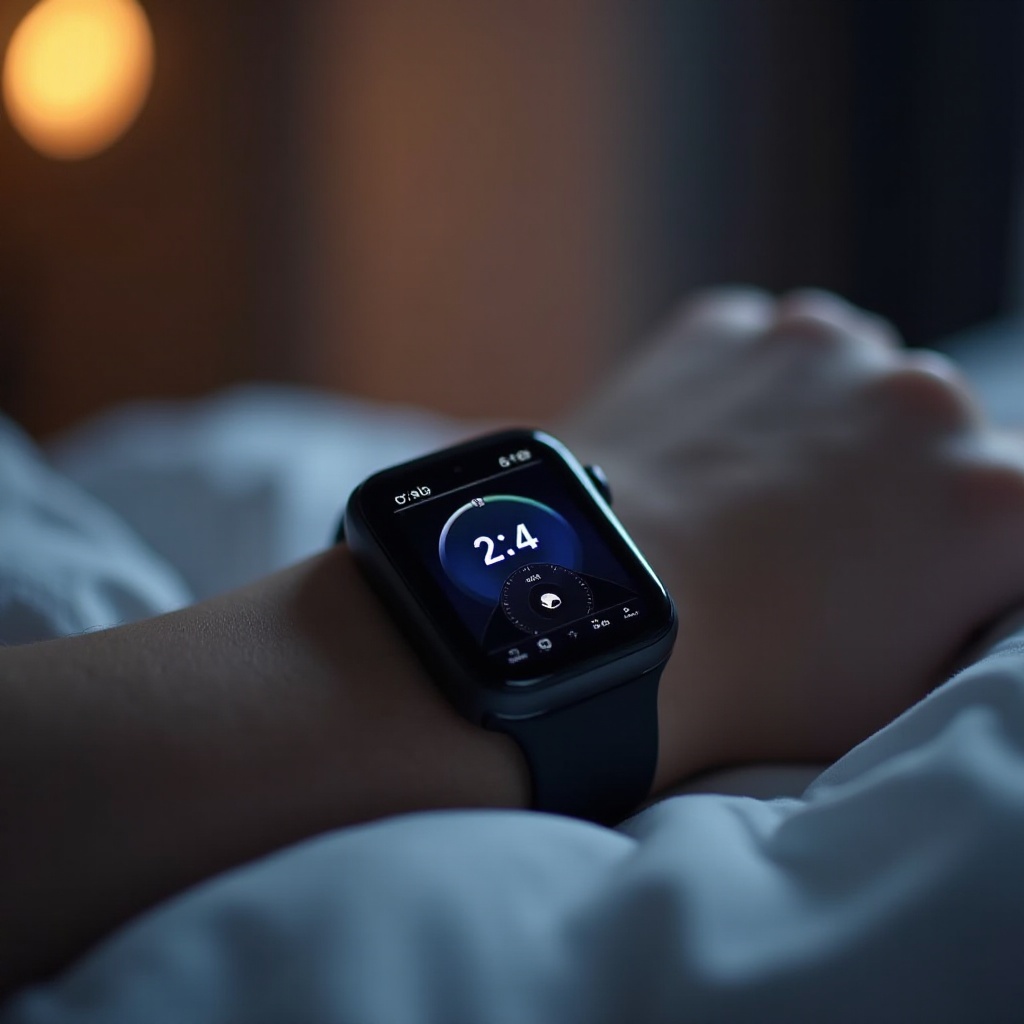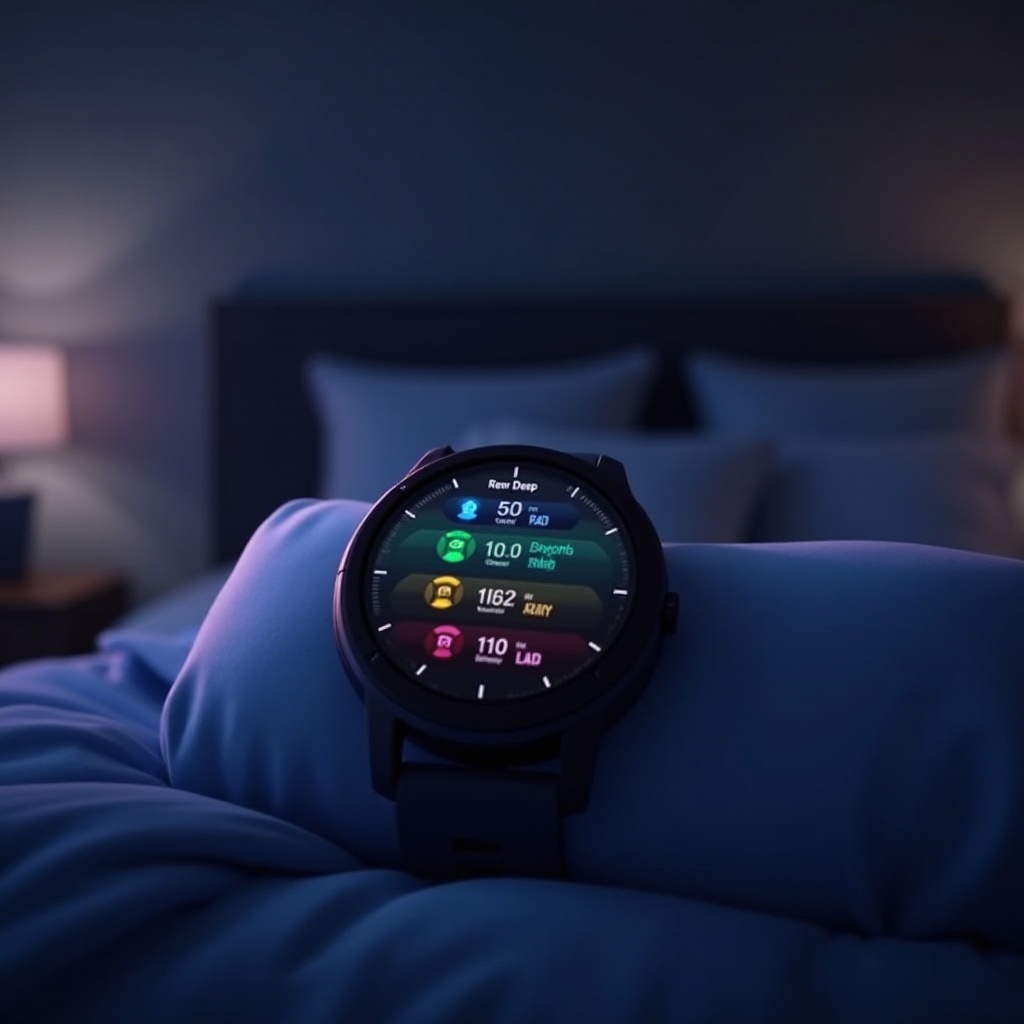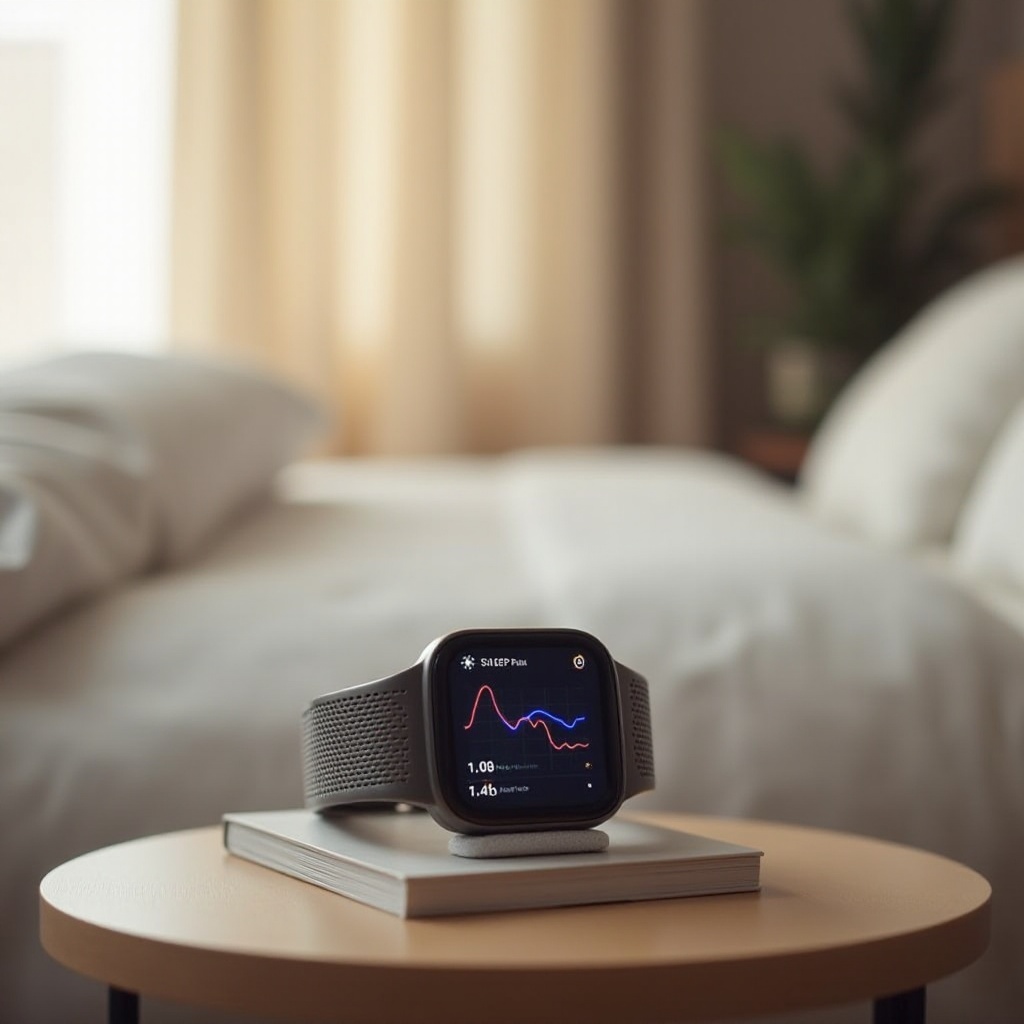Introduction
Smartwatches have evolved far beyond mere timekeeping devices. These sophisticated gadgets are now packed with features that aim to enhance our overall well-being. One of the most significant advancements in this domain is sleep monitoring. As the understanding of quality sleep’s importance continues to grow, more people are interested in knowing how these smartwatches track their sleep. This article explores the technology behind sleep monitoring in smartwatches, discusses the accuracy and limitations, and speculates on future advancements.

The Technology Behind Sleep Tracking
Sleep monitoring in smartwatches relies heavily on a combination of sensors and advanced algorithms. These devices use accelerometers, gyroscopes, and optical heart rate sensors to observe physical activities and physiological changes while you sleep. The accelerometer senses your movement, capturing even slight motions during sleep.
Simultaneously, the optical heart rate sensor emits a light that penetrates the skin to measure heart rate by analyzing the reflected light. Heart rate variability, a key indicator monitored by these sensors, helps identify different sleep stages. Integrating data from these sensors allows smartwatches to develop a detailed profile of your sleep patterns.
Machine learning algorithms take this a step further by analyzing the collected data and comparing it with established sleep models. As the device accumulates more sleep data, it becomes more adept at identifying sleep habits and patterns, providing even deeper insights over time.
Understanding Sleep Cycles: Light, Deep, and REM Sleep
Gaining a comprehensive understanding of one’s sleep involves breaking down sleep into different stages: light sleep, deep sleep, and REM (Rapid Eye Movement) sleep. Each of these stages has unique characteristics and plays a critical role in overall sleep quality and health.
-
Light Sleep: This is the first stage where the body begins to relax, making you easily wake up during this phase. Generally, the majority of sleep time is spent in light sleep.
-
Deep Sleep: Followed by light sleep, deep sleep is crucial for physical restoration. During this stage, tissue repair and strengthening of the immune system occur, making it harder to awaken someone.
-
REM Sleep: REM stage is marked by rapid eye movements, heightened brain activity, and dreaming. This stage is vital for cognitive functions like memory consolidation and learning.
By analyzing these stages, smartwatches provide insight into the quality and composition of your sleep.

Combining Data: Heart Rate and Movement Analysis
Combining heart rate and movement data is crucial for effective sleep monitoring. The accelerometer tracks your movement, and the heart rate sensor records cardiovascular activity. These sensors work in tandem to monitor sleep stages.
- Raised movement levels combined with an increased heart rate often indicate the transition into REM sleep.
- Conversely, a stable heart rate paired with minimal movement suggests you are in deep sleep.
By combining these data points, smartwatches gain an in-depth understanding of your sleep patterns. This synchronization helps deliver detailed insights into sleep duration, efficiency, and various sleep stages.
Accuracy and Limitations of Sleep Tracking on Smartwatches
Despite their sophistication, the accuracy of sleep monitors in smartwatches is not flawless. Various studies provide mixed results regarding their performance. Several factors can impact their accuracy:
- Sensor Placement and Skin Contact: Proper wrist placement is essential. Loose-fitting watches might misinterpret movements, leading to inaccurate results.
- User Habits: Activities unrelated to sleep, like reading or watching TV in bed, can lead to data misinterpretation.
- Device Calibration: Different brands and models exhibit varying degrees of accuracy.
Even with these limitations, the insights provided by smartwatches can be beneficial for many users. While these devices cannot replace lab-conducted sleep studies, they offer a convenient overview of sleep habits and highlight areas for improvement.
Practical Applications and Benefits of Sleep Monitoring
The benefits of using smartwatches for sleep monitoring extend beyond merely tracking sleep hours:
- Improved Sleep Hygiene: Identifying sleep patterns helps in making lifestyle changes for better sleep quality.
- Health Monitoring: Continuous tracking may reveal irregularities that could indicate underlying health issues.
- Stress Management: Quality sleep analyses help in managing stress effectively by recommending relaxation techniques.
- Personalized Recommendations: Based on the data collected, devices can offer personalized tips for optimizing sleep.
In essence, sleep monitoring contributes to improving general health, well-being, and productivity by helping users adjust their sleep schedules and habits.

The Future of Sleep Monitoring Technology
The future holds exciting advancements for sleep monitoring technology:
- Enhanced Algorithms: Future algorithms may more accurately identify sleep disorders such as sleep apnea or insomnia.
- Integration with Other Health Metrics: Combining sleep data with metrics on diet, exercise, and respiration to offer a holistic view of health.
- Non-Invasive Methods: Development of contactless and more comfortable devices that provide precise readings without continuous contact.
These advancements suggest a future where sleep technology becomes an integral part of preventive healthcare.
Conclusion
Smartwatches with sleep monitoring capabilities blend advanced technology with practical benefits. Utilizing accelerometers, heart rate sensors, and complex algorithms, they offer valuable insights into our sleeping patterns. Despite some limitations, the evolving technology promises an exciting future, helping users make informed decisions for better sleep hygiene and overall health.
Frequently Asked Questions
How accurate are sleep monitors on smartwatches?
The accuracy of sleep monitors on smartwatches varies with brand and model. They generally provide a reasonably accurate overview but are not as precise as medical-grade equipment.
Can a smartwatch detect sleep disorders?
While smartwatches can detect irregularities in sleep patterns, they cannot definitively diagnose conditions like sleep apnea. A healthcare professional should be consulted for proper diagnosis and treatment.
What do the different sleep stages mean for my health?
Each sleep stage is crucial for overall health. Light sleep is essential for alertness, deep sleep supports physical and immune health, and REM sleep is vital for cognitive functions. Understanding these stages helps improve sleep quality.

